
Northpass is now Gainsight Customer Education.
For all of the latest on our customer onboarding and training solutions, check out Skilljar by Gainsight.
UNDERSTANDING THE HEADLESS LMS
Northpass | An Award-winning Headless LMS
Additional Resources on Learning Management Systems
Ready to Rumble? Let's Find Your LMS.
Download this LMS RFP to find the perfect learning technology to power your program.

.png?width=3251&height=1107&name=NP_ByGS_ColorLogo%20(1).png)
